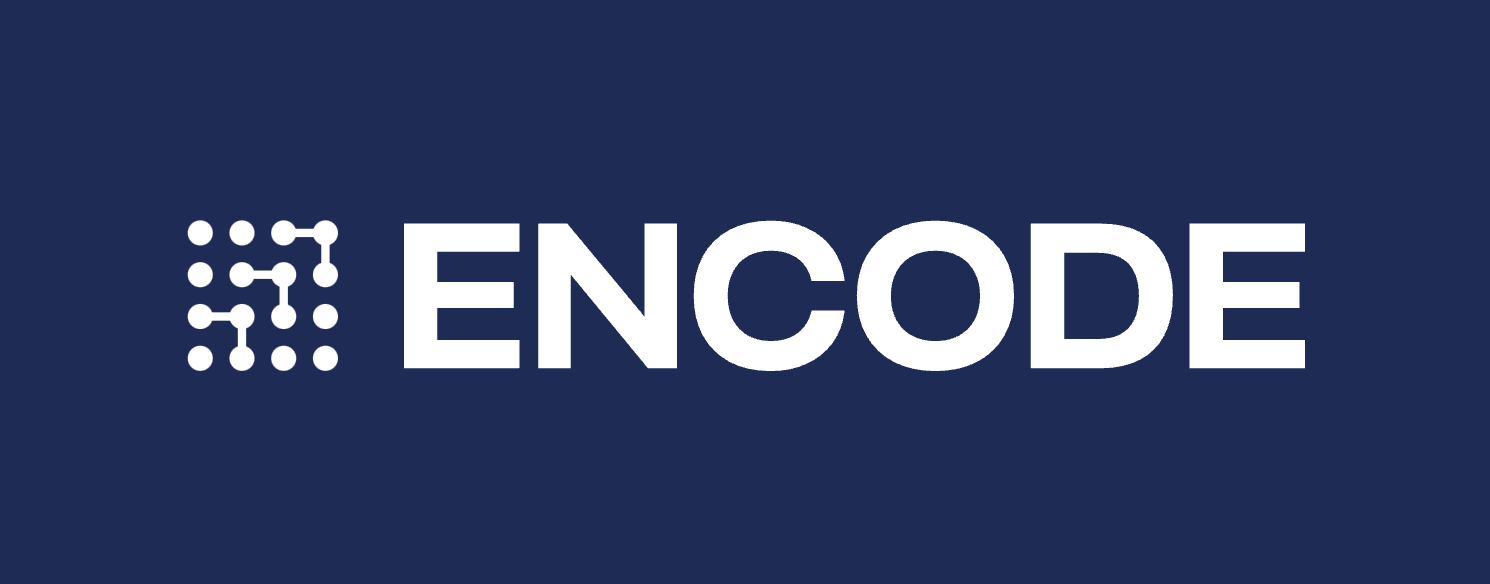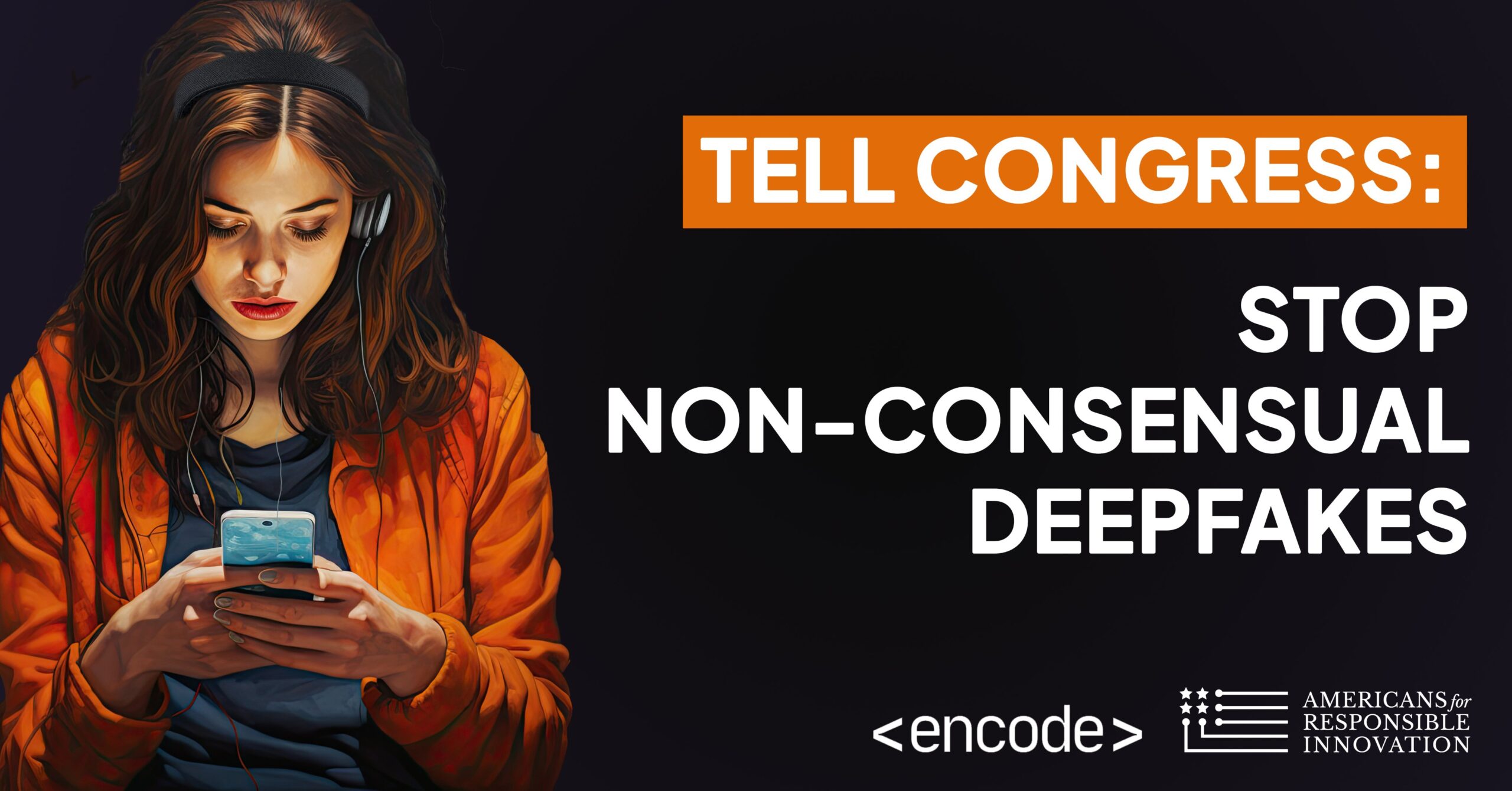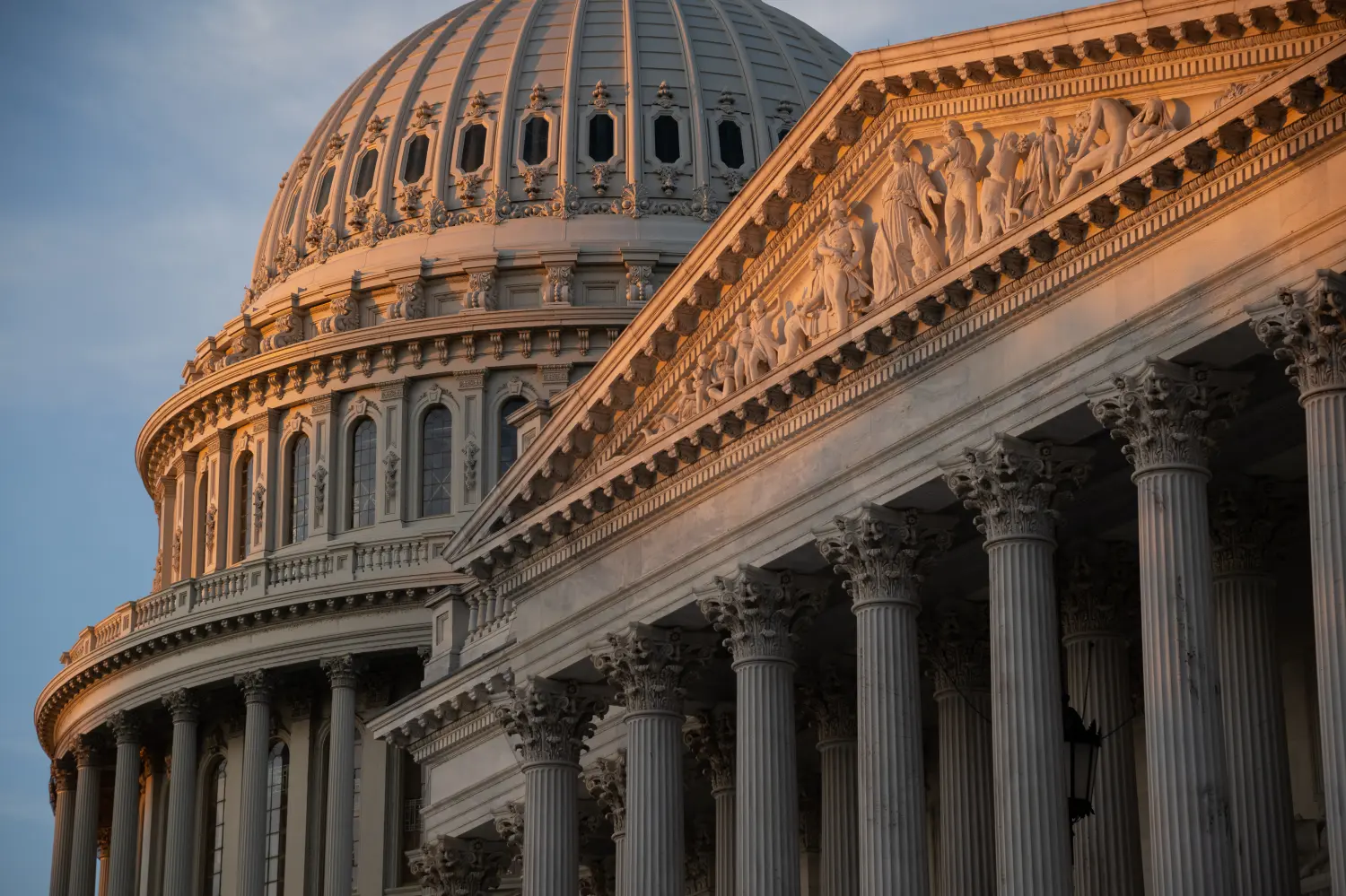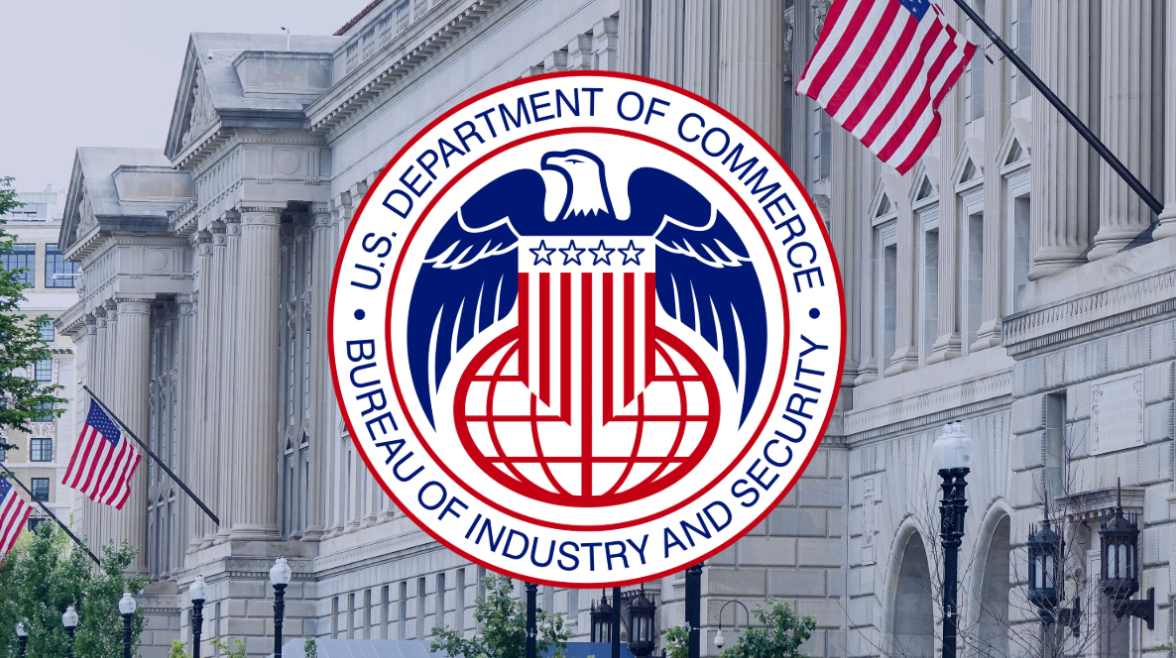FOR IMMEDIATE RELEASE: December 4, 2024
Contact: comms@encodeai.org
Petitions support the DEFIANCE Act and TAKE IT DOWN Act
WASHINGTON, D.C. – On Wednesday, Americans for Responsible Innovation and Encode announced a new petition campaign, urging the House of Representatives to pass protections against AI-generated non-consensual intimate images (NCII) and revenge porn before the end of the year. The campaign, which is expected to gather thousands of signatures over the course of the next week, supports passage of the TAKE IT DOWN ACT and the DEFIANCE Act. Petitions are being gathered at StopAIFakes.com.
The TAKE IT DOWN Act, introduced by Sens. Ted Cruz (R-TX) and Amy Klobuchar (D-MN), criminalizes the publication of non-consensual, sexually exploitative images — including AI-generated deepfakes — and requires online platforms to have in place notice and takedown processes. The DEFIANCE Act was introduced by Sens. Dick Durbin (D-IL) and Lindsey Graham (R-SC) in the Senate and Rep. Alexandria Ocasio-Cortez (D-NY) in the House. The bill empowers survivors of AI NCII — including minors and their families — to take legal action by suing their perpetrators. Both bills have passed the Senate.
“We can’t let Congress miss the window for action on AI deepfakes like they missed the boat on social media,” said ARI President Brad Carson. “Children are being exploited and harassed by AI deepfakes, and that causes a lifetime of harm. The DEFIANCE Act and the TAKE IT DOWN Act are two easy, bipartisan solutions that Congress can get across the finish line this year. Lawmakers can’t be allowed to sit on the sidelines while kids are getting hurt.”
“Deepfake porn is becoming a pervasive part of our schools and communities, robbing our children of the safe upbringing they deserve,” said Encode Vice President of Public Policy Adam Billen. “We owe them a safe childhood free from fear and exploitation. The TAKE IT DOWN and DEFIANCE Acts are Congress’ chance to create that future.”
###
About Encode Justice: Encode is the world’s first and largest youth movement for safe and responsible artificial intelligence. Powered by 1,300 young people across every inhabited continent, Encode Justice fights to steer AI development in a direction that benefits society.




